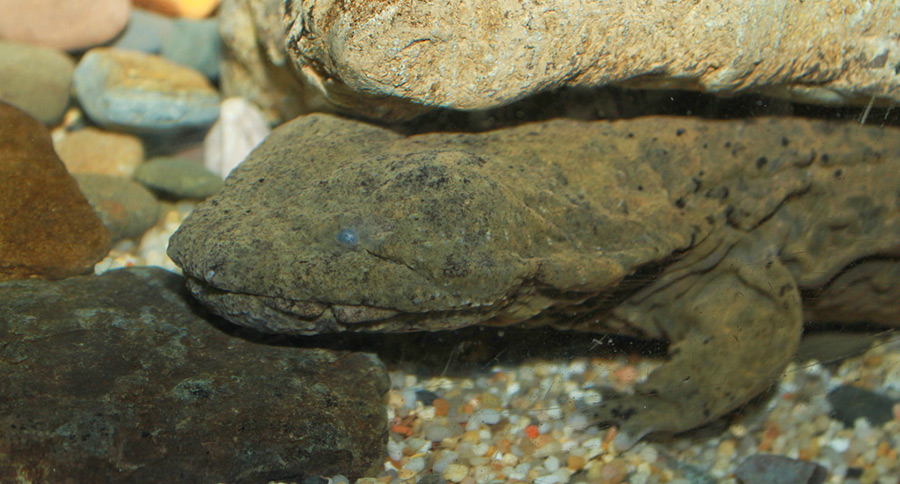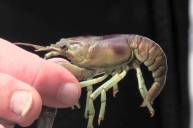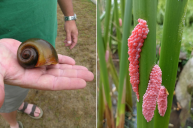Hellbenders are a bit of an anomaly, but researchers want to learn more.
Fishermen and women in North Carolina are being advised to keep an eye out for and report sightings of hellbenders to the North Carolina Wildlife Resources Commission. As part of a research study dating back to 2007, agency biologists are aiming to learn more about where the aquatic salamanders are found and just how many there may be.
Hellbenders, hellbender salamanders, Cryptobranchus alleganiensis, "snot otters," "Allegheny alligators," or simply "water dogs" are keen to live and spend their days in fast-moving water, and are known to grow up to 17 inches in length.
A couple of subspecies exist, the Ozark hellbender and the eastern hellbender, but are rather widespread throughout the eastern United States. The reach from southern New York to northern Georgia, including parts of Ohio, Pennsylvania, Kentucky, Illinois, Indiana, Maryland, West Virginia, Virginia, Tennessee, North Carolina, South Carolina, Alabama, Arkansas, Mississippi, Missouri, and even small portions of Oklahoma and Kansas.
Though they'll sometimes take advantage of an easy meal in the form of a small fish hooked on a line, these giant salamanders are tough to stumble upon even for regular anglers who spend a lot of time in their habitat. They eat mainly crawfish, and hellbender populations are prey to several fish, snake, and turtle species.
They undergo a metamorphosis in which they lose their external gills after a year and a half, then must absorb oxygen through the folds in their skin. That's why they're almost always found in fast-moving, oxygenated water. Otherwise would prove difficult to survive, let alone thrive.
As a result, they attach themselves to large rocks, where the water quality is high and enough of it can run over their bodies.
Though not officially listed amongst the U.S. Fish and Wildlife Service's Endangered Species, their fact sheet does claim habitat concerns were brought up as early as 1957, and acknowledges the myth that hellbenders are venomous.
They're known by several other hilarious names, including "devil dogs," "ground puppies," "lasagna lizards," and "mud-devils." They're also an interesting indicator of how Appalachian wilderness is changing, hence the need to study individual species like these.
Folks who find a hellbender are asked to leave it alone, but to record the location (physical location or GPS coordinates) and take a photo if possible. That info can be emailed to Lori Williams at [email protected]. If anglers catch one on hook and line, they should remove the hook as carefully as they can without harming the animal, or cut the line as close as possible and return it back to the water. You can also call the Commission's Wildlife Interaction Helpline (866) 318-2401 and provide details if you come across one in North Carolina.
NEXT: KAYAKER TAKEN FOR A RIDE BY A KINGFISH
WATCH




